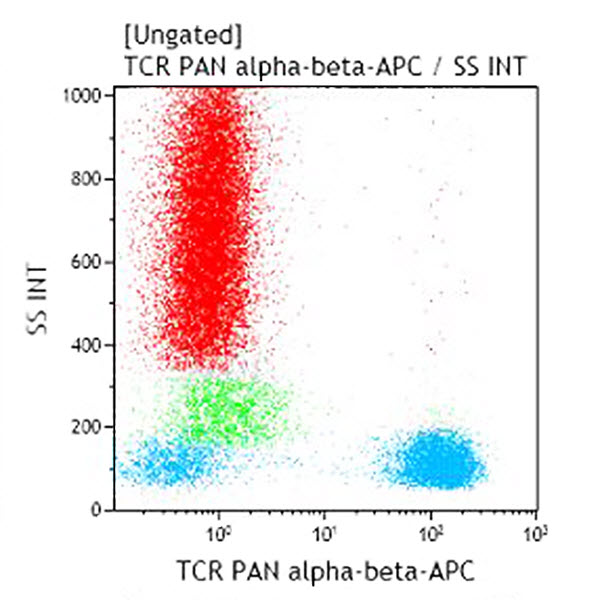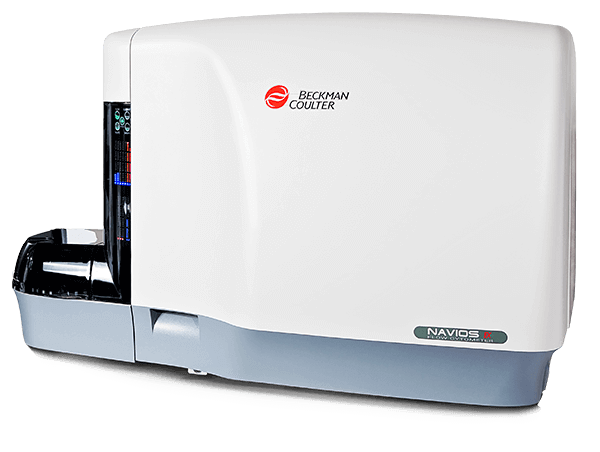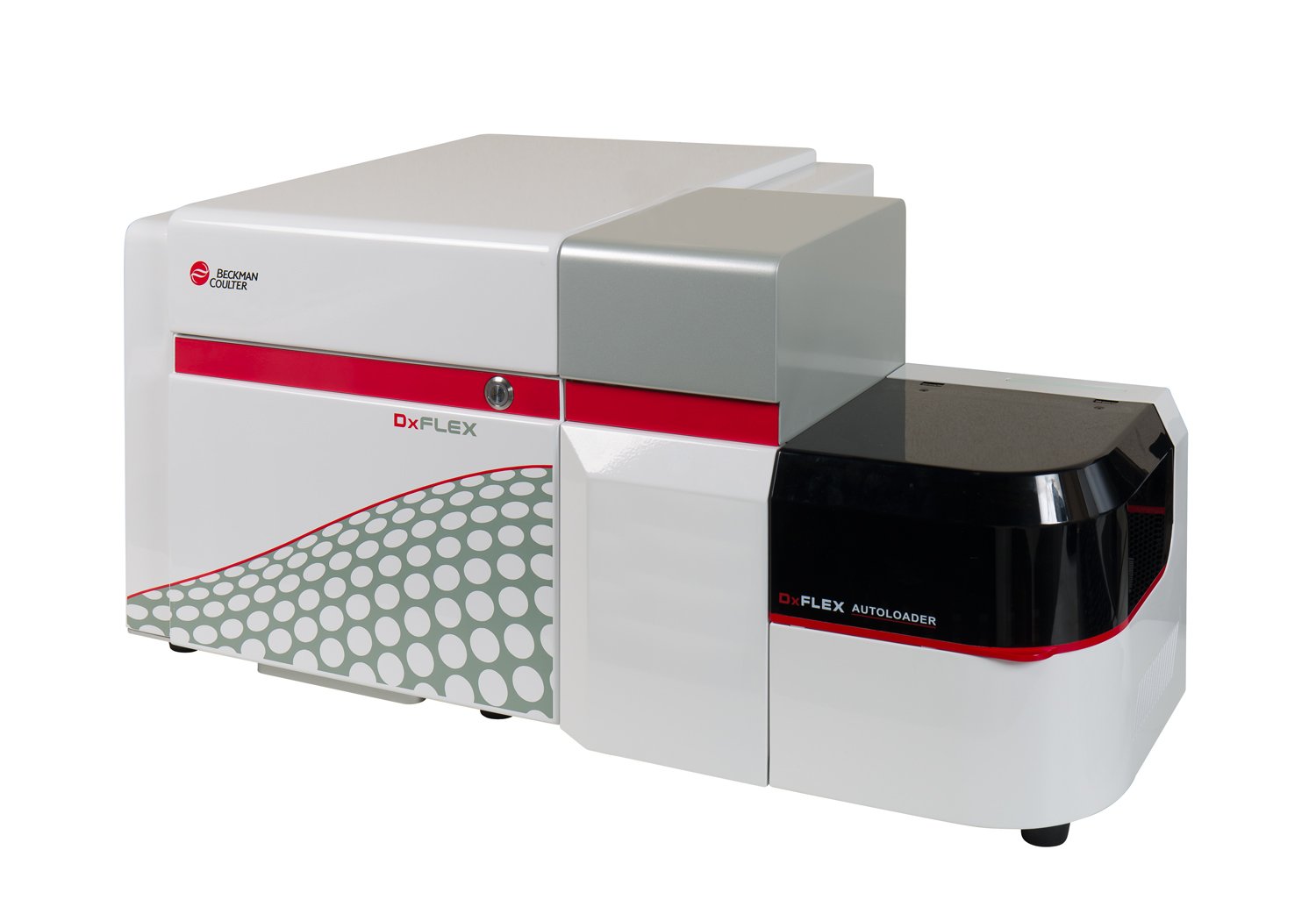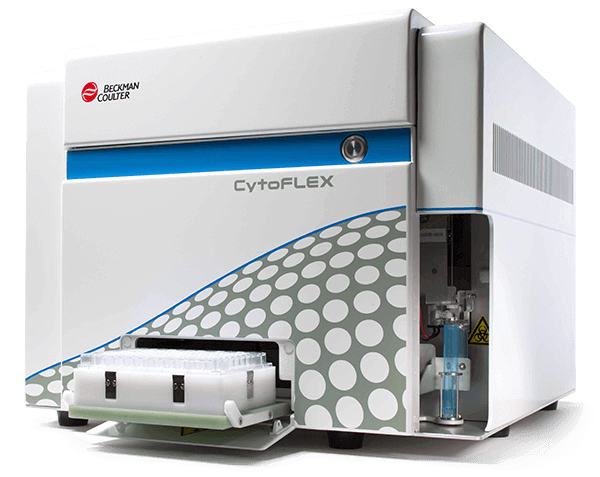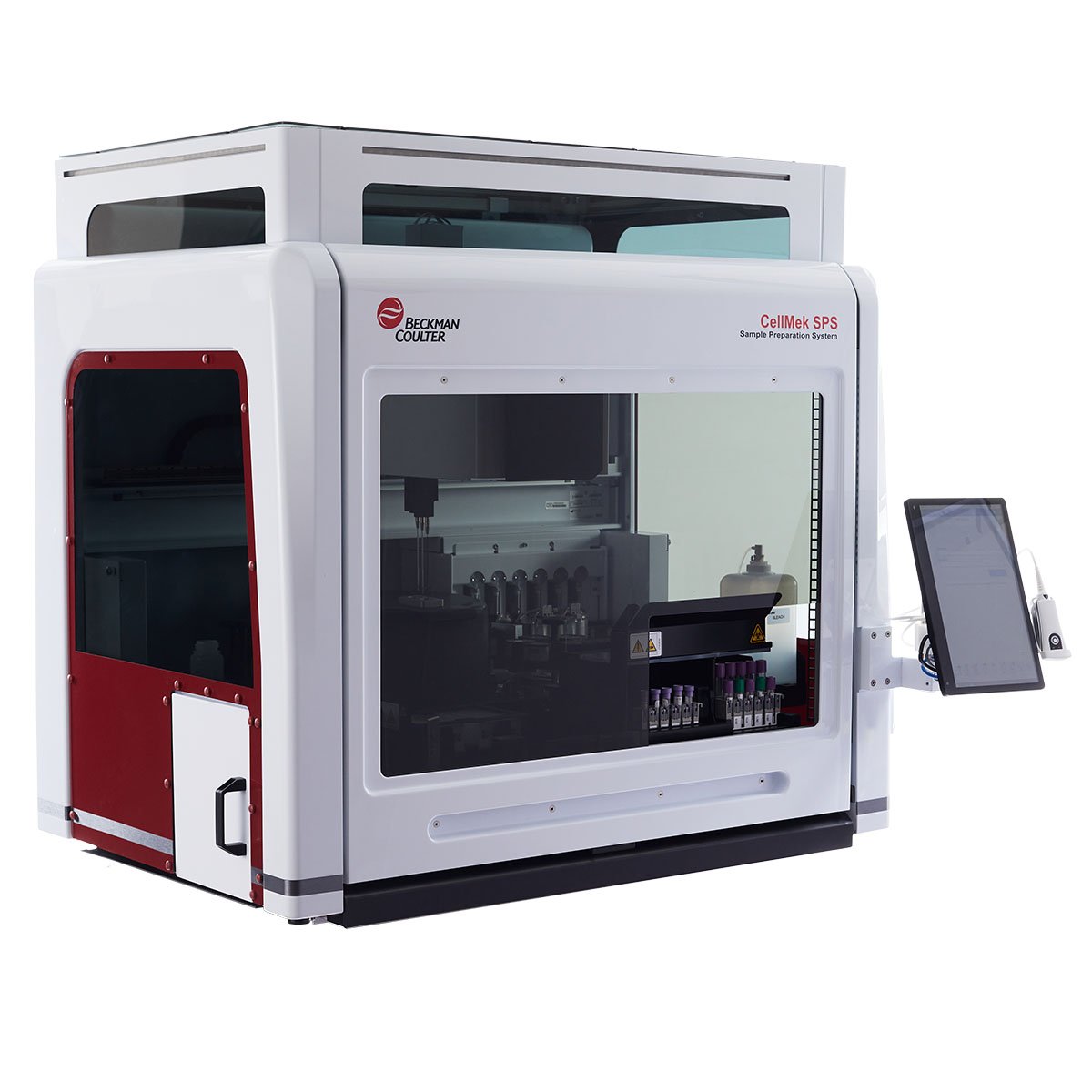TCR PAN α/β Antibodies
Human T cells recognize foreign antigens, in the context of host HLA molecules through the Tcell receptor for antigen (TcR). The TcRs are molecular complexes which comprise two units: a recognition unit, composed of either α-β or γ-δ heterodimer, which are present on the cell surface in a mutually exclusive manner, and, a transducing unit, the CD3 complex, common to α-β and γ-δ heterodimers, which triggers the T cell when the recognition unit is occupied by the antigen. The recognition units recognize any possible foreign antigen and the diversity necessary for this function of recognition is generated by somatic recombination the TcR genes. There are four TcR gene loci (α, β, γ and δ). Each of them is composed of several V (for variable) segments, coding for about 90 amino acids, very short D (for diversity) segments (α and δ loci only), and short J (for joining) segments (about 15 amino acids), and one or two C (for constant) segments.
| Clone: IP26A | Isotype: IgG1 Mouse |
| The IP26A antibody recognizes a monomorphic determinant of the human α/β chain of the TcR complex. | |

